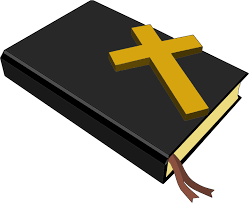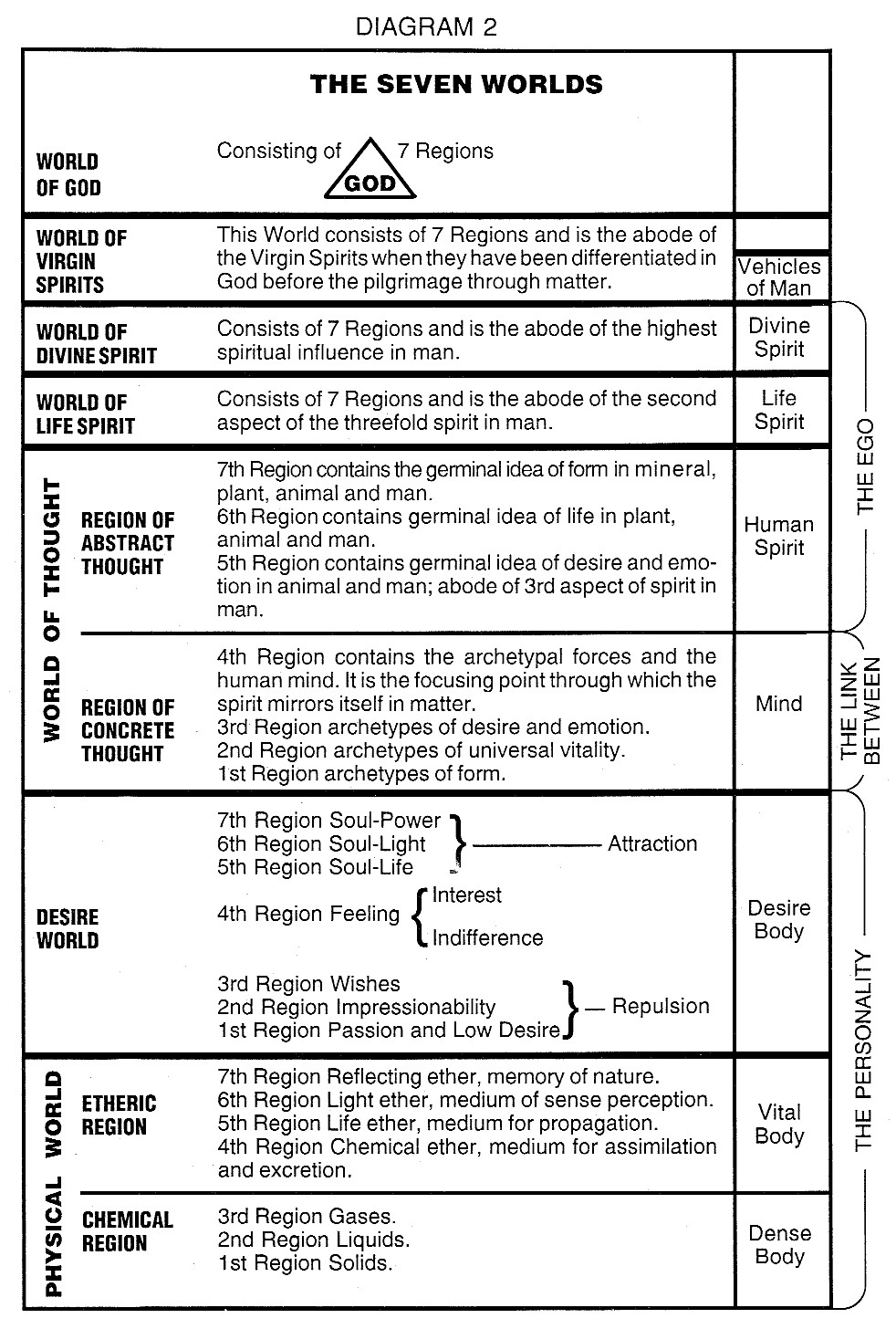
| rosicrucianU.com | ||
| Simplified Scientific Christianity |

Daniel 1:7
Unto whom the prince of the eunuchs gave names: for he gave unto
Daniel the name of Belteshazzar; and to Hananiah, of Shadrach; and
Mishael of Meshach; and to Azariah, of Abed-nego.
Changing the names of Daniel's friends reveals a corresponding transformation of their inner life.
Turning now to personal interpretation, if Daniel is representative of a candidate for Initiation, his friends symbolize certain esoteric faculties within himself. In the beginning of his dedication to the Illumined Way, Daniel represents the mystic, one in whom the heart (feelings and emotions) predominates. His principal work, therefore, is cultivation of the head (will power and knowledge). Daniel, Hananiah and Mishael indicate feminine powers of the ego; Azariah only, the masculine. When the feminine name Hananiah was changed to the masculine Shadrach, it signified a newly attained equilibrium between the masculine and feminine powers. Hananiah, meaning a gift of the Lord, became Shadrach, inspiration of the Sun; Mishael, he that is a strong god, became Meschach, the worship of love; Azariah, help of the Lord, became Abed-nego, servant of the shining fire; Daniel, God is my judge, became Belteshazzar, a keeper of the hidden treasures of Bel.
This gives a mystic key to the inner attainment of the Three Friends. After this balance between head and heart, will and emotion, has been achieved, they are able to meet the test of the Fiery Furnace which can be successfully undergone only by one in whom such balance has been effected. But there is a supernatural fourth, described as being like the Son of God, seen with the Three Friends in the fire.
Daniel's interpretation of the vision of the golden-headed image is followed by the trial of the Fiery Furnace. After his vision Nebuchadnezzar caused a great golden statue of himself to be erected and commanded it receive divine honors. When the Three Friends refused to pay honor to the image they were cast into the furnace. There is no historical evidence of such an aberration on Nebuchadnezzar's part. But he had married an Egyptian princess and, like Roman conquerors centuries later, he may have been influenced by the Egyptian custom of regarding the ruling monarch as divinity manifest. However, it is known that there was a golden statue of the God Bel in the Temple of Bel at Babylon. It was accompanied by a dragon, also of pure gold, symbolic of the dragon of chaos slain by the God before the foundation of the world. It might be reasonable to suppose that this was the golden image of the Book of Daniel, and that the handwriting on the wall had its archeological prototype in archaic inscriptions on walls of the Temple dedicated to the Earth Goddess. Mention of the golden statue would therefore relate to the Temple of Bel and suggest that the incident of the fiery furnace was also associated therewith.
The author of Daniel wrote in Maccabean times when, by both the Hellenizers and the Temple party, the Fire Mysteries had been driven underground by persecution. The truths of the story are consequently doubly veiled — just as Alchemists wrote into their treatises errors of method and even of scientific fact to mislead the profane and the orthodox alike. Certain modern kabbalists writing in the English language have done likewise in their delineations of the Tree of Life. Esoteric students know by many signs that Nebuchadnezzar was not persecuting the Three Friends; at most he is looked upon as a divinely appointed tempter (or tester) who was, perhaps, misled by the slander and malicious gossip of the court, but who quickly saw his error. Note that he alone of all the Chaldeans beheld the fourth who walked in the fire with the three: "I see four men loose (from the body), walking in the midst of the fire ... and the fourth is like the Son of God." Without initiatory knowledge Nebuchadnezzar could never have beheld the "Son of God" (i.e. Bel-Marduk, Son of Ea).
Astrologically, the fiery furnace has reference to the Sun; the Three Friends are three Archangels who are visible in the Sun's aura (i.e. when in conjunction therewith); the Fourth is the Christ Archangel, the Light of the World. That they are thus closely associated with the Sun is shown in their Chaldean names, meaning as given: inspiration of the sun, worship of love, and servant of the shining fire. They are the Planetary Spirits of the Moon, Venus and Mercury, a trinity figured repeatedly in ancient Chaldean sculpture. Their corresponding gods are Nego (Mercury), Ishtar (Venus) and Sin (the Moon); or, kabbalistically, the Archangels Raphael (or Michael), Anael and Gabriel. Gabriel is prominent in the visions of Daniel as his archangelic Teacher. In Hebrew angelology, Gabriel is called "the Revealer." As stated earlier, Raphael and Michael are frequently interchanged by kabbalists; but New Age Bible interpretation points to Raphael as the Archangel of Mercury and to Michael as the Archangel of the Sun — as differentiated from the Christ Spirit in the latter, who is Light itself in His pure essence.
"Then Nebuchadnezzar came near to the mouth cf the burning fiery furnace and spake, and said, Shadrach, Meshach, and Abed-nego, ye servants of the most high God, come forth, and come hither. Then Shadrach, Meshach, and Abed-Nego came forth of the midst of the fire." (Daniel 3:26) The Fire Path gives freedom from the physical body and leads the ego through the "fiery stratum" of the earth which is guarded by the fiery archangelic spirits. The "fire" in that stratum does not burn; it is to the soul an essence of exceeding brightness and a fragrant perfume wherein it laves in spiritual ecstasy. The fourth figure is, in Initiation, the spiritual Teacher (Daniel in this instance) who always accompanies and directs this Fire Rite. From the personal standpoint it is the ego which is in every man "like the Son of God;" its personalized image is the Angel (Greater Guardian) that makes itself known to a candidate when he has successfully passed the Dweller (or Lesser Guardian). That the invisible fourth is indicative, of Daniel is further shown by his Chaldean name: keeper of the hidden treasures of Bel. These hidden treasures were precious metals and gems, symbols of profound import to esotericists. They suggest the Midnight Sun hidden under the earth.
It is illuminating to note that salvation of the three Friends from the fiery furnace was often depicted in the Roman catacombs as symbolizing the resurrection in Christ of the souls of the righteous "dead."
— Corinne Heline

|

|

|
|
|
Contemporary Mystic Christianity |
|
|
This web page has been edited and/or excerpted from reference material, has been modified from its original version, and is in conformance with the web host's Members Terms & Conditions. This website is offered to the public by students of The Rosicrucian Teachings, and has no official affiliation with any organization. | Mobile Version | |
|